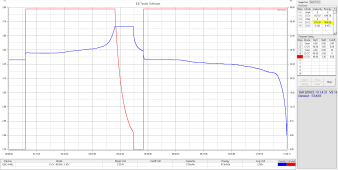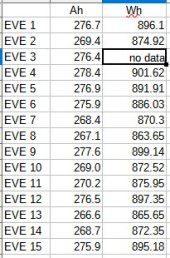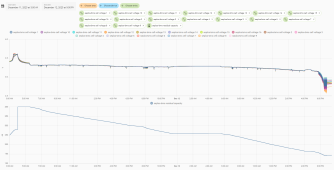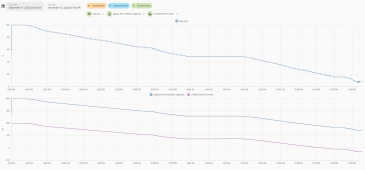Last year I tested 4 of them with the Zketech EBC-40L and they were between 278.3 and 280.5 Ah; I sold the Zketech shortly after, so I cannot repeat the same measurement.
Also, I didn't test them as a full battery when new as I hadn't worked out how to discharge them to lower than 10% with my inverter. You can probably infere something from this post where I was saying that I struggled to bring them down to 100%
https://diysolarforum.com/threads/180mv-imbalance-at-13-soc.59056/#post-733615 That was one month in service, so I was proably already seeing some capacity loss back then.
Basically, I have no like for like comparison, but I think some degradation has happened.
I have always charged them to 56V (3.5V per cell) and rarely discharged down to 10% (the inverter would disconnect at 10%, with capacity set to 280Ah in the bms).
I have been running for 9 months indoor (so never below 18 degC), compressed but not actually compressed as I was using 3mm foam which allowed for some expansion despite having used threaded rods for compression; I found this out when I disassembled the cells to move them to the garage. They are now sitting in the garage since October, still compressed, but with 0.5mm epoxy insulation. They are surrounded by 25mm polystirene insulation to keep them warmish and they are heated during charge if the temperature is lower than 9 degC up to 13 degC; they are not heated during discharge or standby.








